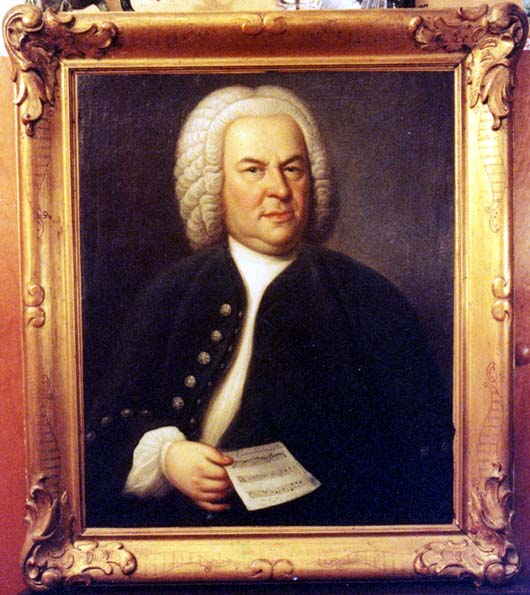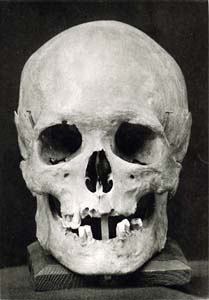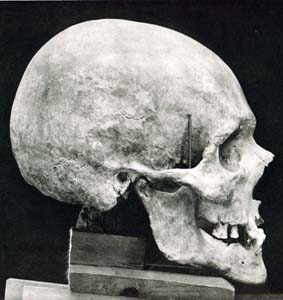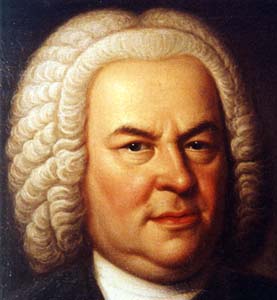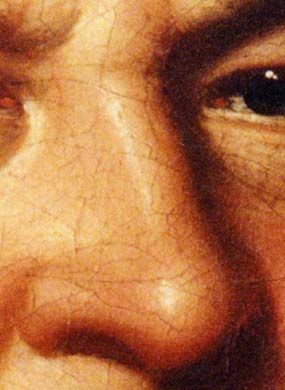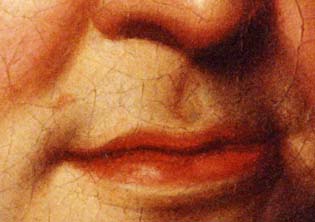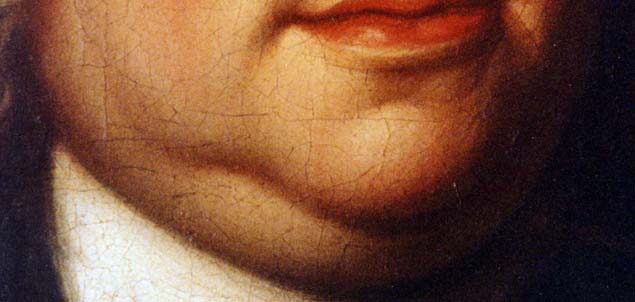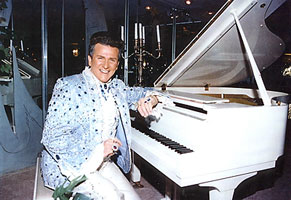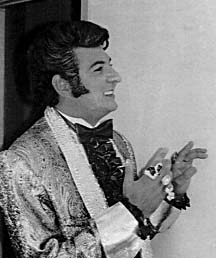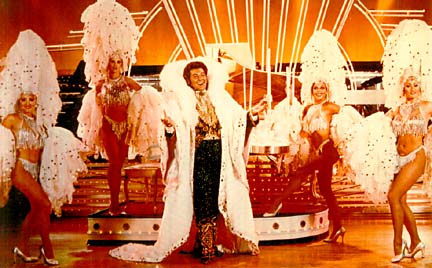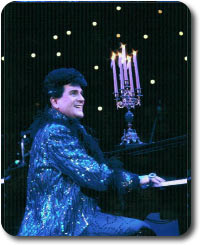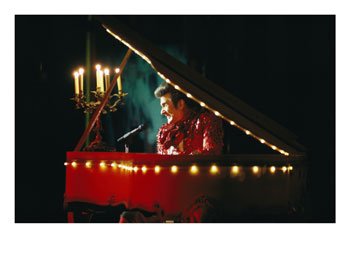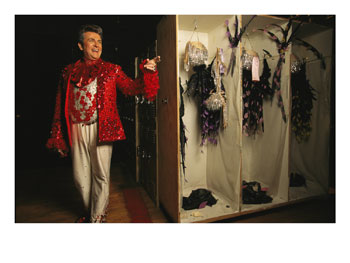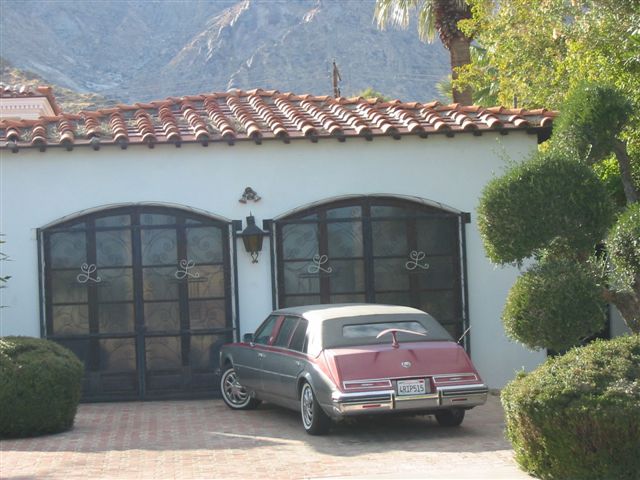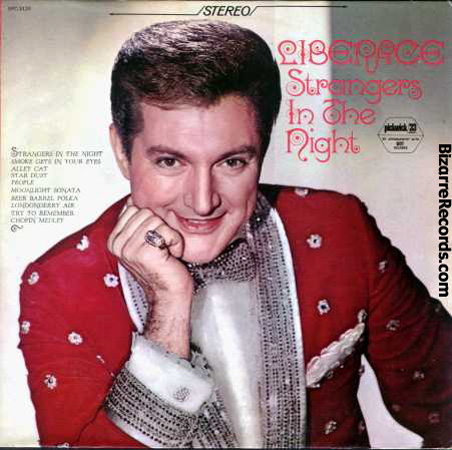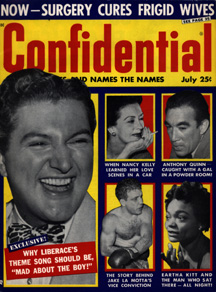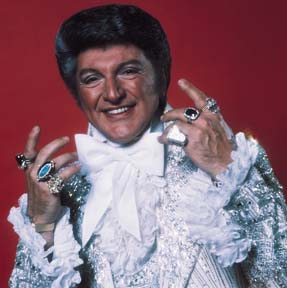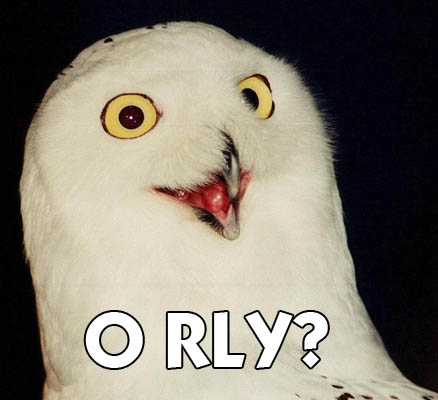Dear Conrad Askland,
I am a college student and I’m interested in going into the recording business. Since that is your field I was wondering if I could ask you a few questions about the job.
What is considered more valuable in being a record producer, education or experience? Do you think you can do the job without a college education? Does a master’s degree increase your chances for getting the job? What do
entry level jobs pay? What are the chances for advancements and within what time frame? When you first started out did you always work as a producer, or did you start out as something else first? What would you say the job of being a record producer entails? What would you say happens day to day? And who are considered leaders in the field?
I really appreciate you taking the time to answer my questions.
Brittany *Last Name Edited*
*********************************
Hi Brittany,
Nice questions well thought-out. Happy to answer them. I had an email similar to this a couple weeks ago, and told the person not to listen to me because I don’t consider myself successful. But as I’m writing this today I’m working on the new launch of a new internet network, doing a lot of work for Toyota, and am working on a track for a very well known hip hop artist (a track that had previously been rejected by another artist at the same label, or should I say “the” label). So right off the bat, that’s what it’s like for me to be a music producer. No matter how much you’ve done, you always feel like you could do more and do better – and THAT to me is the key, the drive to keep improving.
.
There will always be better and worse than you, don’t worry about it. Create your own bar – don’t get pompous that you stomp someone else’s art into the ground, and don’t get so self-conscious that you think you are worthless. Very important stuff here. We are artists, we are sensitive, we feel to a greater degree than most people…..I think.
.
Enough poetry, here’s answers to your questions:
.
What is considered more valuable in being a record producer, education or experience?
It only matters what you can deliver. Just like Music Business is two words – “Music” and “Business” – the term Record Producer is two words “Record” (which has just stayed that way because CD Producer or Digital Download Producer doesn’t sound as cool) and the second big one “PRODUCER” – You have to produce. That’s all that matters. No resume or degree or contact will help you if you can’t produce. That being said, the EXPERIENCE of higher education and the KNOWLEDGE of real world experience is very, very important. Get all the experience you can. I was kicked out of college, and there were a couple jobs I couldn’t apply for because I didn’t have a Bachelors, but most jobs could care less. What can you DO.
.
Do you think you can do the job without a college education?
Of course you can. But the more knowledge you have, the wider base of talents you have to keep working on new jobs. So I highly recommend anyone who is really serious, to go to a 4 year college that has a well known recording and producing program. Colleges that come to mind would be North Texas State, Berklee and UCLA. I was kicked out of both Pacific Lutheran University and the University of Miami, but the years of study I had at those I put to use a LOT in the studio, and was able to do jobs other studios couldn’t. What I learned at college was theory and classical performance, all the audio work and engineering I learned on my own.
.
Does a master’s degree increase your chances for getting the job?
For education or corporate it might be important, but not for producing artists. The KNOWLEDGE may be great, but I wouldn’t worry to much about the papery. “Yo, this is Busta Rhymes. I heard your track, it’s great and I want you to produce my album. But I can only hire someone with a Masters Degree” – I don’t think you’ll run across that too much.
What do entry level jobs pay?
For studio work you’ll be getting $10 an hour if you’re lucky, and that’s after an internship. DO NOT go into music production if you want to make money. There are so many recordig studio schools now pumping “graduates” out like a mill. And they are all scrambling for any work they can get. It’s kind of sad.
.
What are the chances for advancements and within what time frame?
That’s all up to you. My biggest piece of advice, keep a cool head under pressure. It’s hard to find.
.
When you first started out did you always work as a producer, or did you start out as something else first?
I started as a classical vocalist when I was very young. Had very serious training. The highest profile of those was performing four operas with Seattle Opera. My first full time paid gig after high school was playing piano for Nordstrom when I was 19. Then I started working at a music store selling pianos and synths, and would give free lessons to close sales. So inadvertantly I started teaching piano, and a lot of people started asking me to record tracks to perform with. Jobs started paying more, had GTE hire me to do a lot of corporate work – I kept buying new gear, and that’s when it all started. I never set out to be a music producer, and never had a goal of having a recording studio. A path just opened and I went with it.
.
What would you say the job of being a record producer entails?
A record producer is responsible for making sure the final product is produced to the satisfaction of the client. That’s it. Now how to get there takes a lot of knowledge of music, engineering and dealing with people. I always make sure that the client and myself are on the same page before I start. There are some clients you will NEVER be able to please, or you don’t have the skill set to do what they need. So those jobs you need to be smart enough to turn down or your life will be hell. If I have a project I really want to do, but don’t have all the skillz necessary to complete, sometimes I’ll offer to do it at a reduced rate or even free, so I garner the experience. You need to get something out of the project: Money, Experience or Creativity. If you don’t get any of those things, don’t do it.
.
What would you say happens day to day?
Hard to answer. Five years ago I had my studio open to the public, was touring with a famous artist, and had a few other small commitments. So I was scheduled VERY tight, literally coming in from the airport and starting a session within 30 minutes. Also was working on marketing a large library of audio releases, so my days were easily 12 hour days 7 days a week. Now I’m working in live theatre and focusing just on soundtracks and composing. So my time is more focused on fewer projects, but the projects are much larger so they take more concentration and focus. For me, I enjoy this much more, which is why I changed things around this way. You need to know the environment you work best in, and then do it. For instance, I cannot get anything done until I’ve received payment from a client – so I demand payment before I start on a project. It’s not to cover my butt, it’s so I get the project done. Mozart had the same problem early on, couldn’t finish projects.
.
And who are considered leaders in the field?
Music producers past and present worth checking out:
Dr. Dre, Prince, Don Was, Rick Rubin, Mike Shipley, Sean Combs, Walter Afanasieff, John Paul Jones, Bill Laswell, Glen Ballard, Brian Eno, Trevor Horn, Quincy Jones, Jeff Lynne, Giorgio Moroder, Phil Spector, John Williams
Hope this helps. Maybe someday I’ll have my Grammy and someone will add my name to the list.
🙂
Conrad
 I run a network of free discussion forums on a variety of areas including music, theology, politics, sports and niche groups. The first of all my forums was Fender-Talk.com – A forum for guitar players that love Fender guitars. A little ironic because at the time I was playing keyboards for Freddy Fender.
I run a network of free discussion forums on a variety of areas including music, theology, politics, sports and niche groups. The first of all my forums was Fender-Talk.com – A forum for guitar players that love Fender guitars. A little ironic because at the time I was playing keyboards for Freddy Fender.

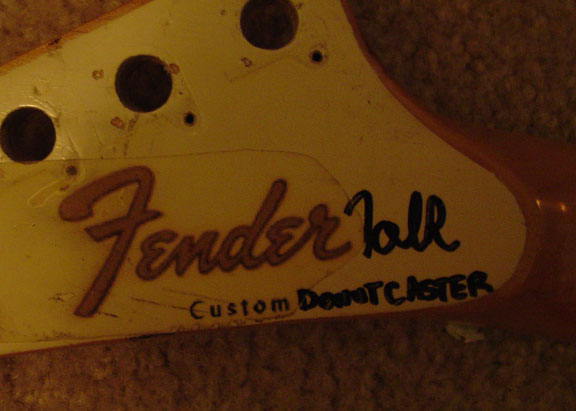
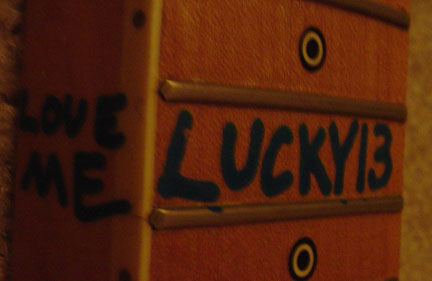
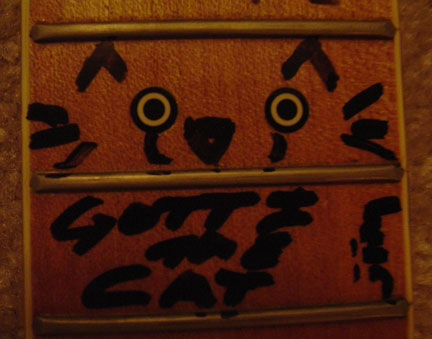


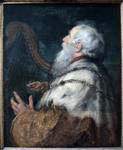 There is a painting that has been in my family for about 30 years and was recently given to me. It is King David and His Harp by Peter paul Rubens. Of course we don’t have the original, but it is a fine print in a very elaborate frame.
There is a painting that has been in my family for about 30 years and was recently given to me. It is King David and His Harp by Peter paul Rubens. Of course we don’t have the original, but it is a fine print in a very elaborate frame.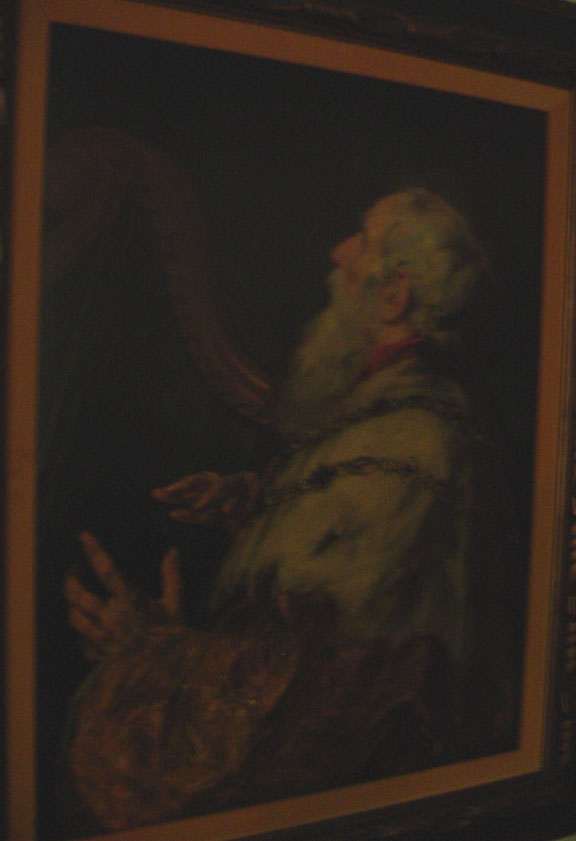
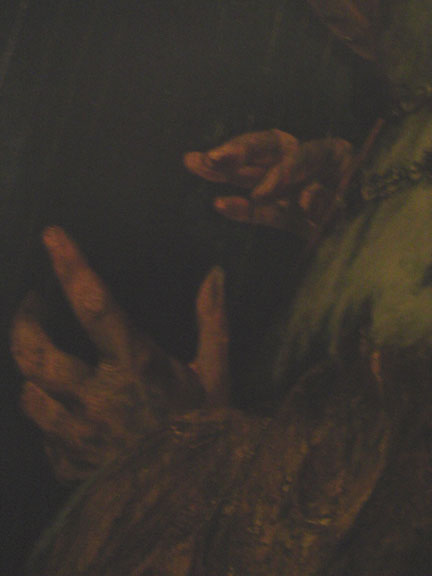


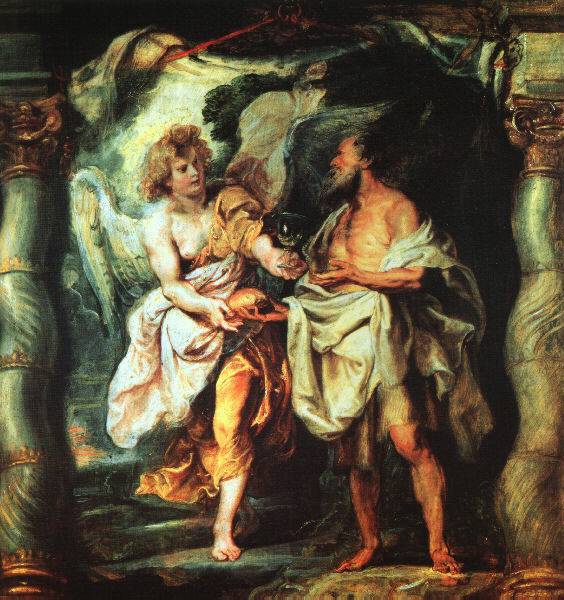
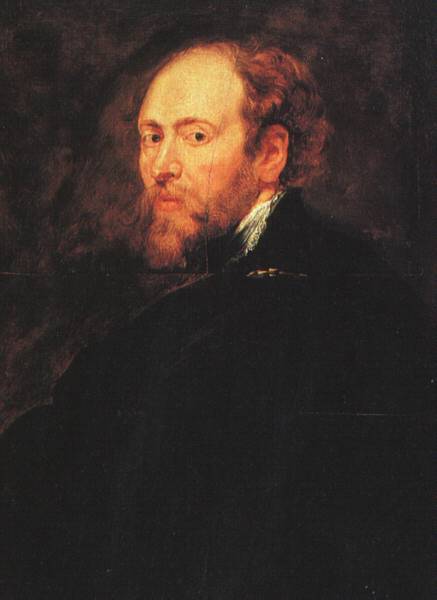
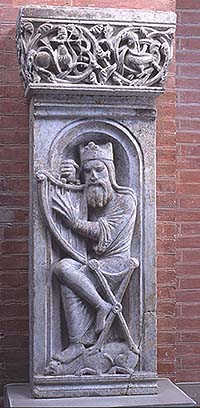
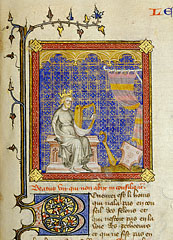
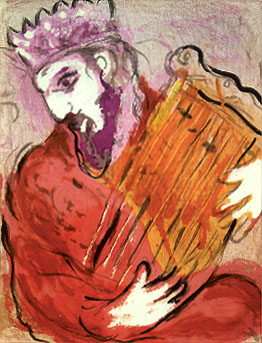
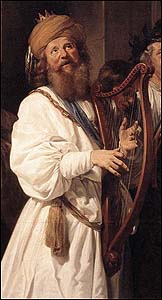
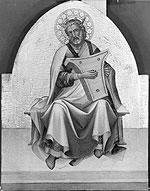
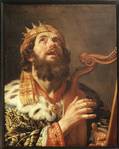
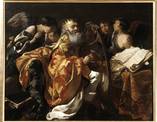
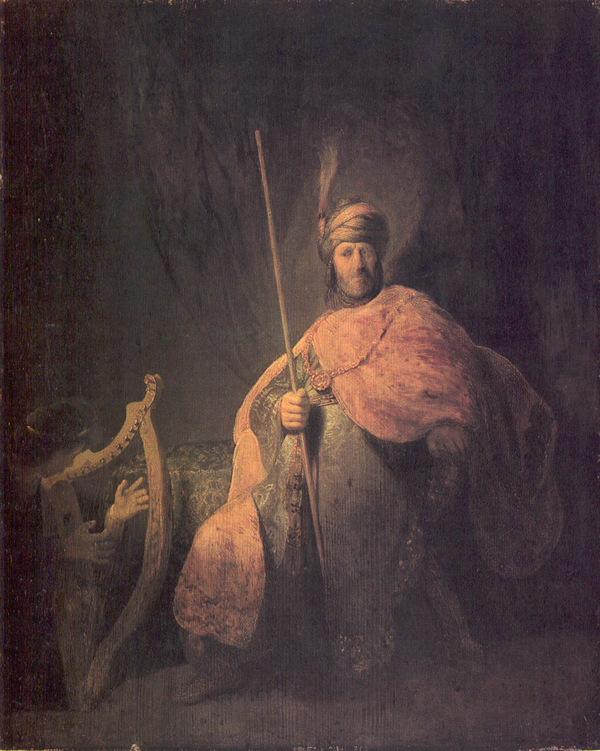
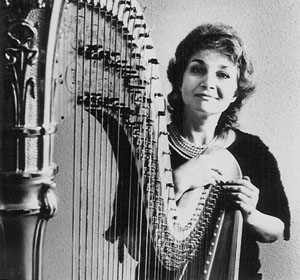
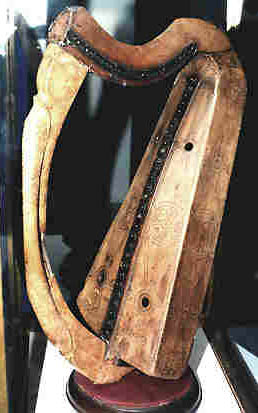
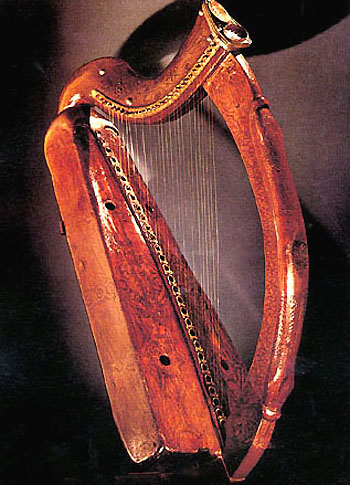
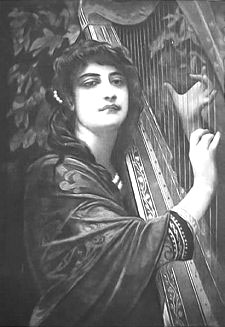
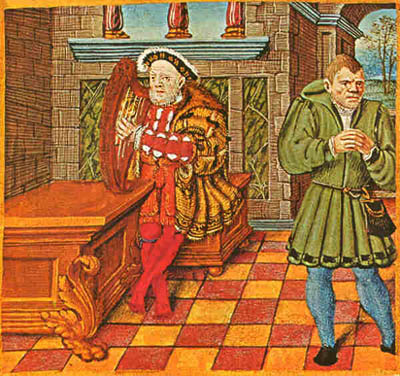
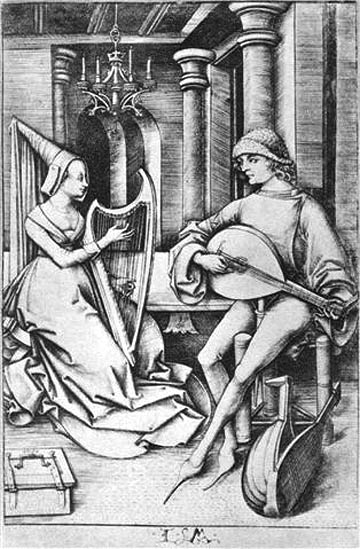
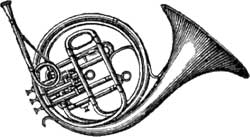 A student asked me today how long the tubing of a French Horn would be if it was laid out end to end. They had been told 100 feet.
A student asked me today how long the tubing of a French Horn would be if it was laid out end to end. They had been told 100 feet.